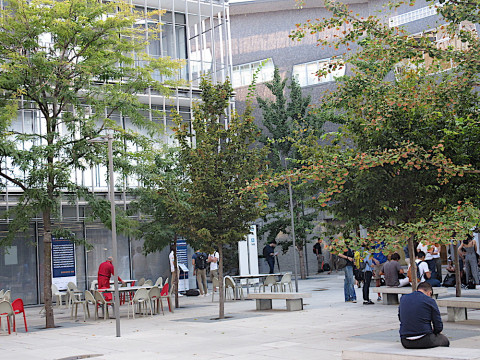Windows: Effects on Experiences (06-10-24)
Gomez-Sirvent and teammates’ research confirms the value of nearby windows to spaces outside a structure, with this team particularly probing their presence in music practice spaces. The investigators report “a virtual replica of a real conservatoire classroom was used to investigate the effect of window size and views through windows on the perception of the built environment. . . . participants’ responses to environmental changes while playing their instruments were studied.
